Kathran Siegel
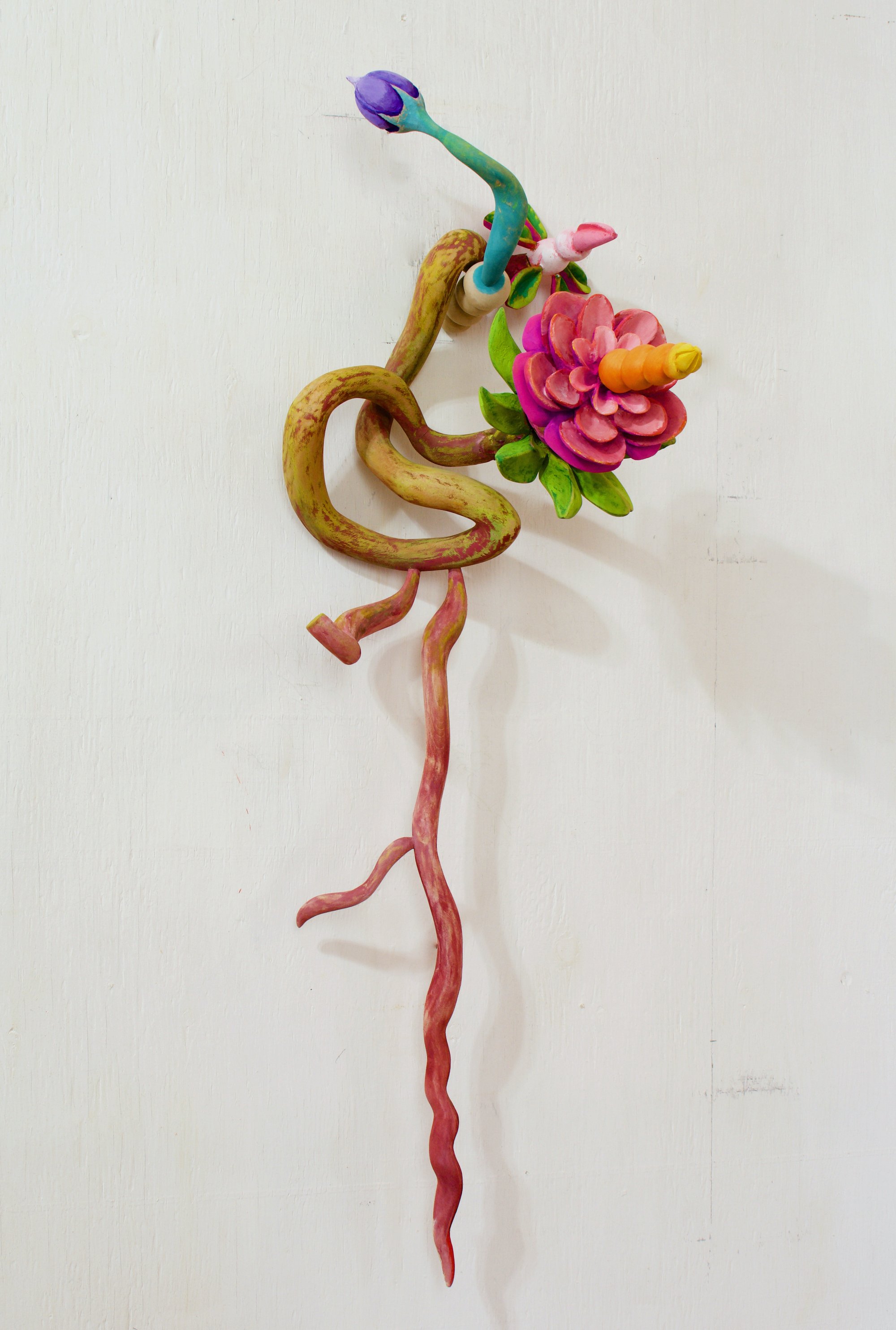

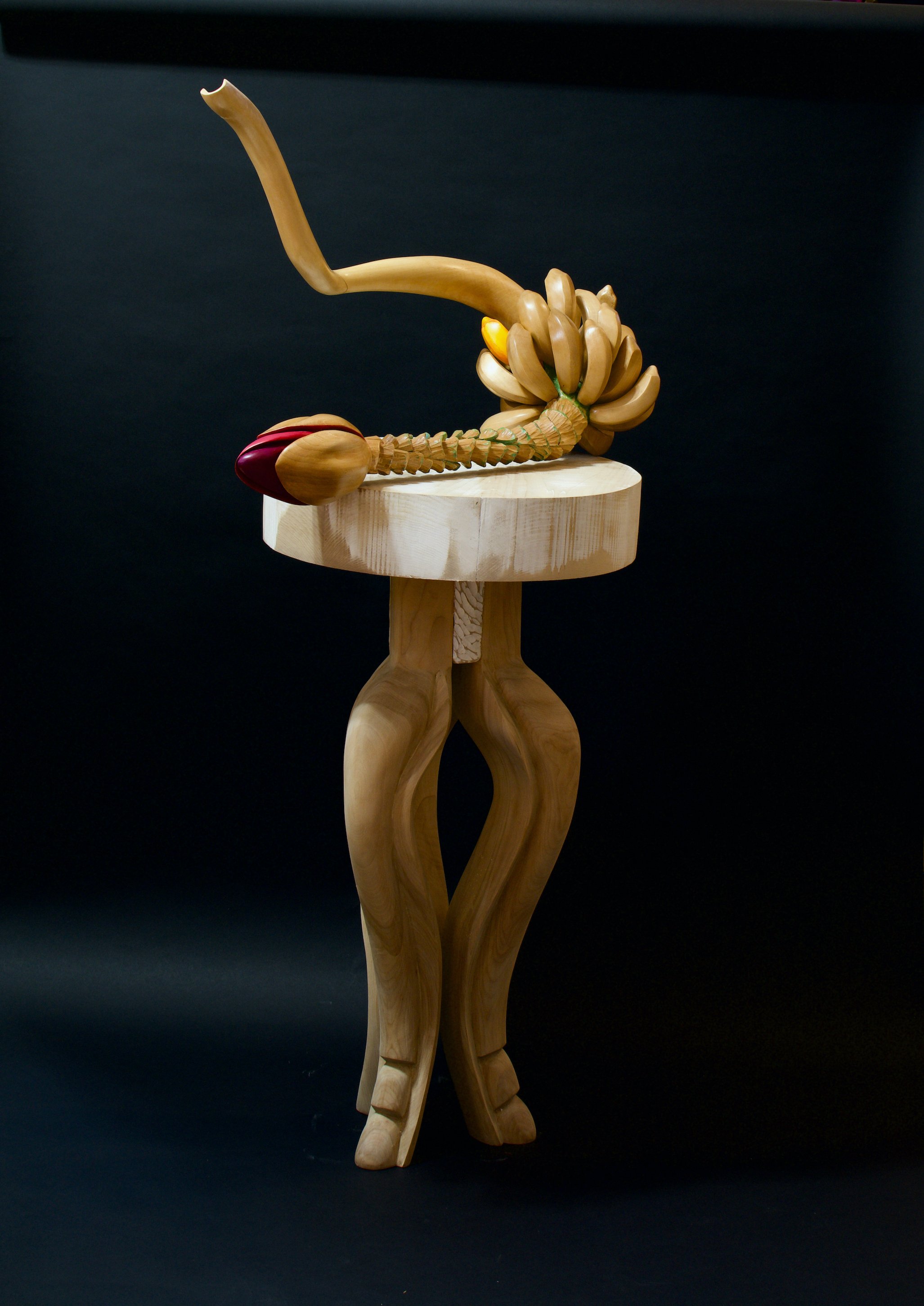

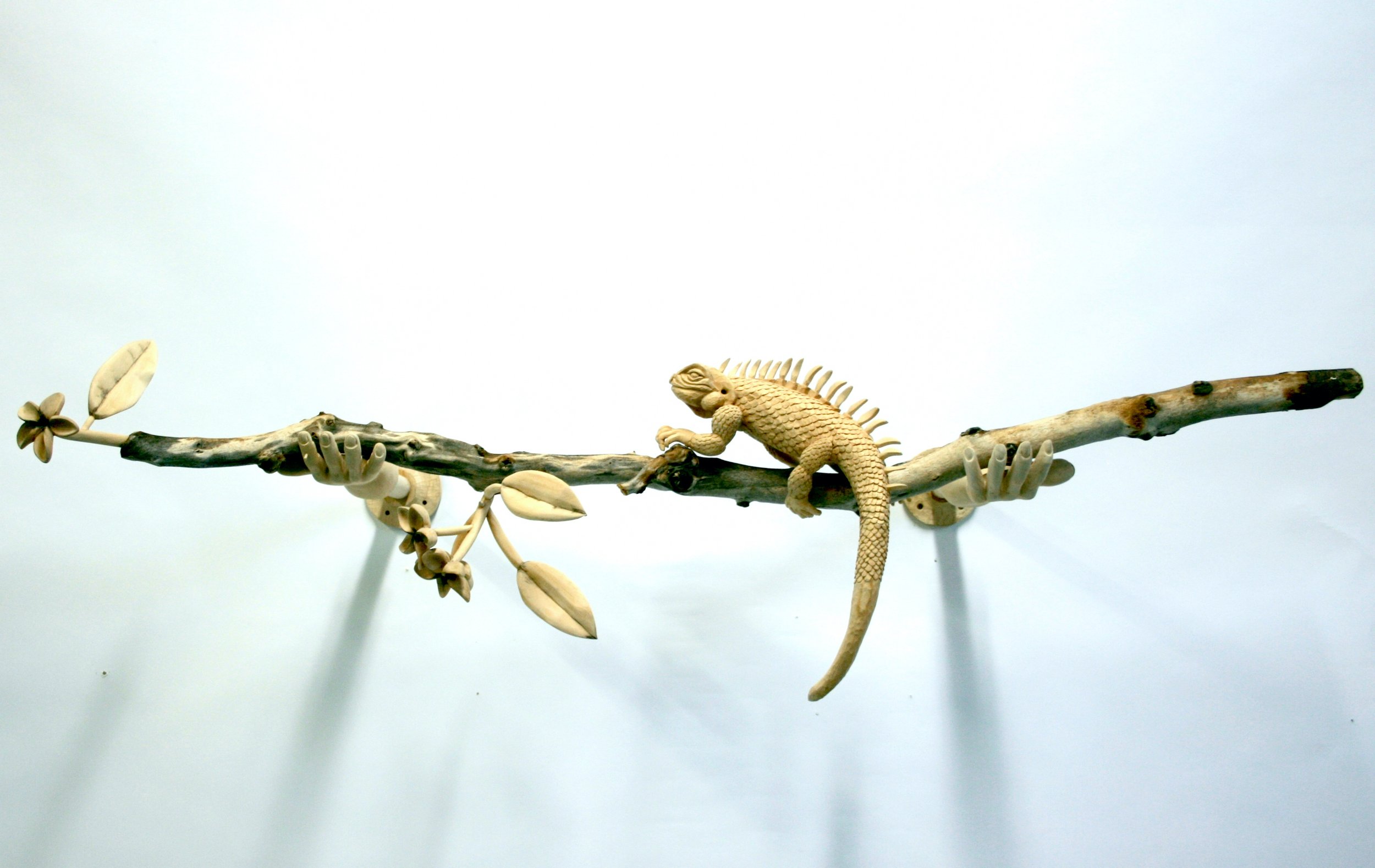
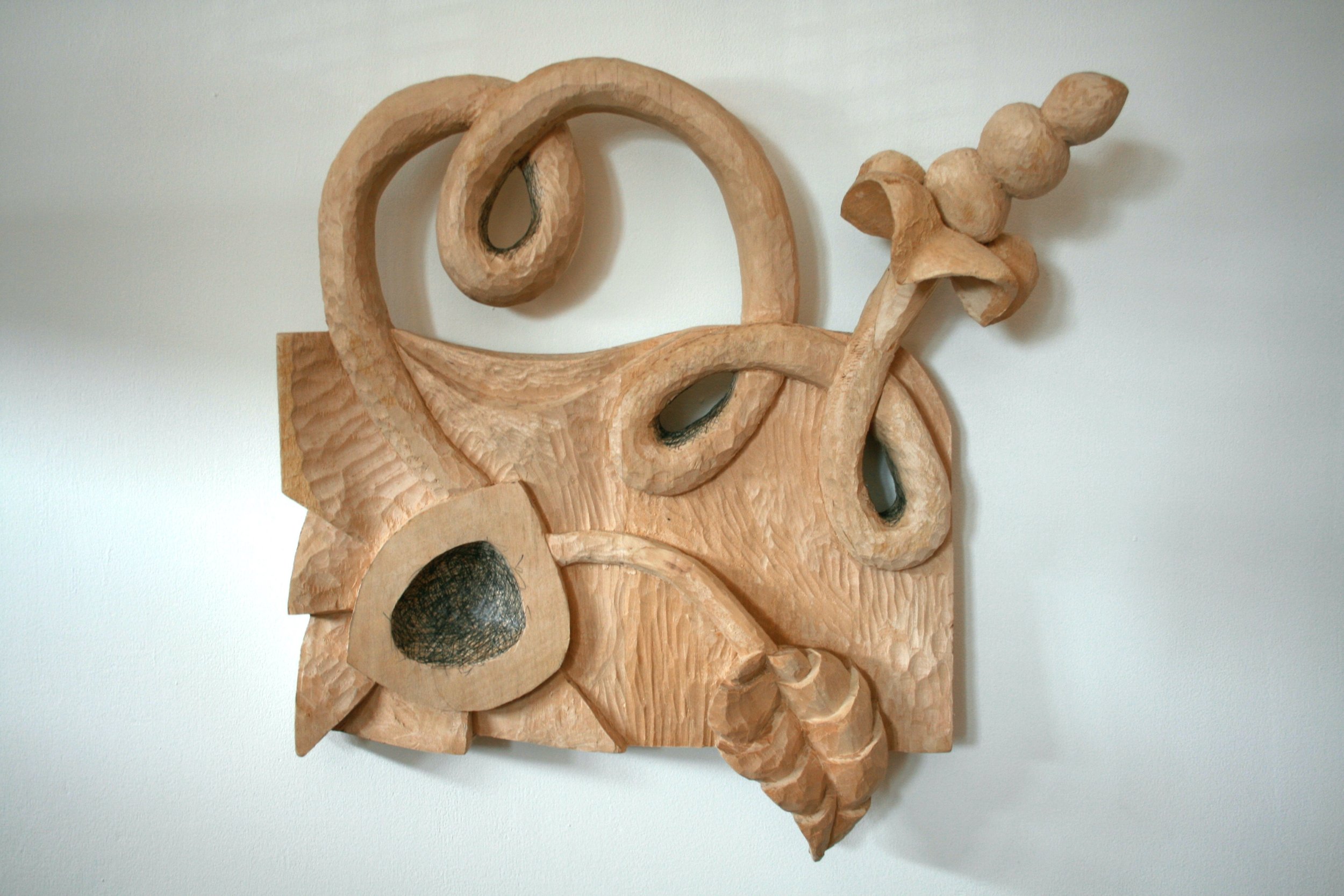
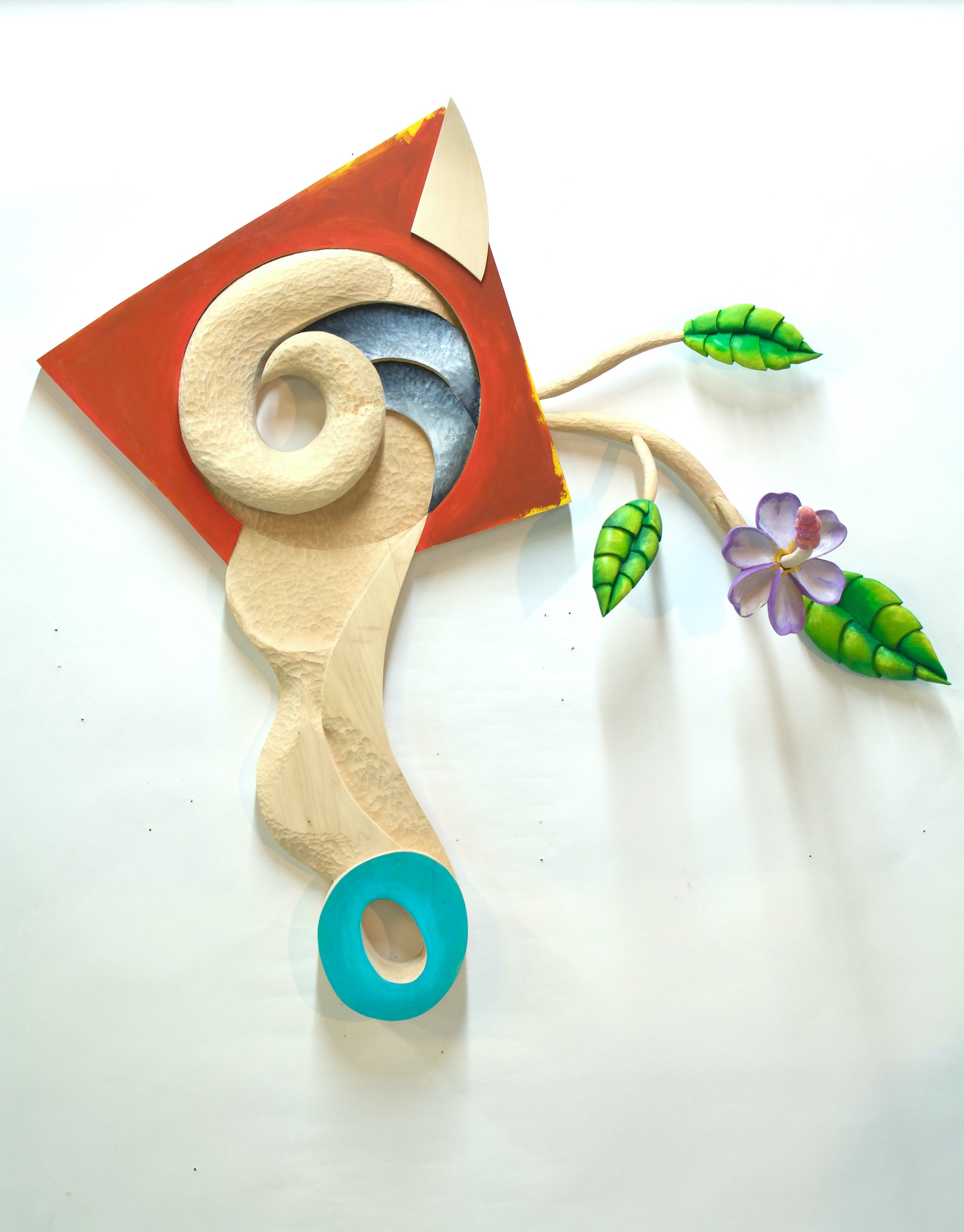
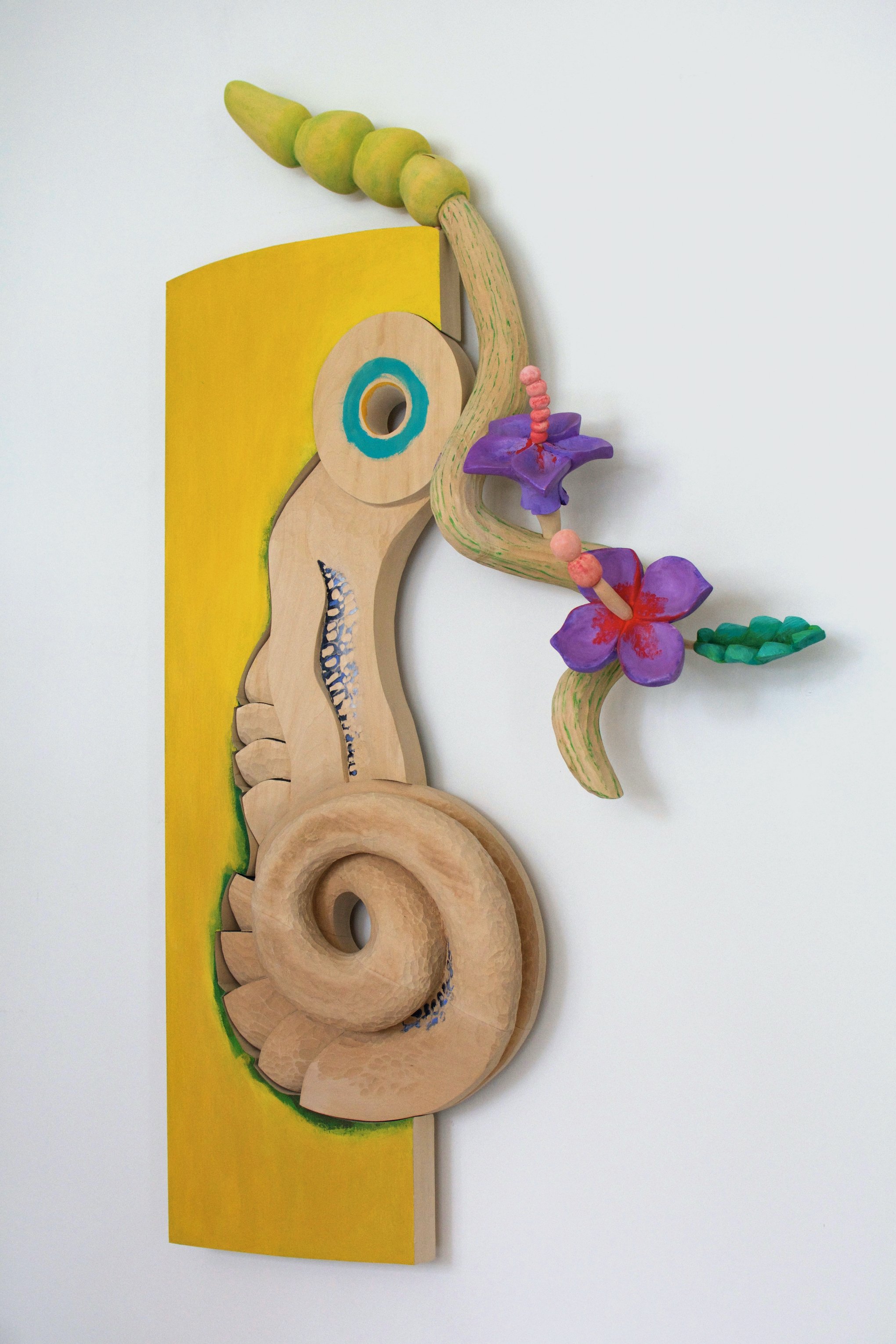
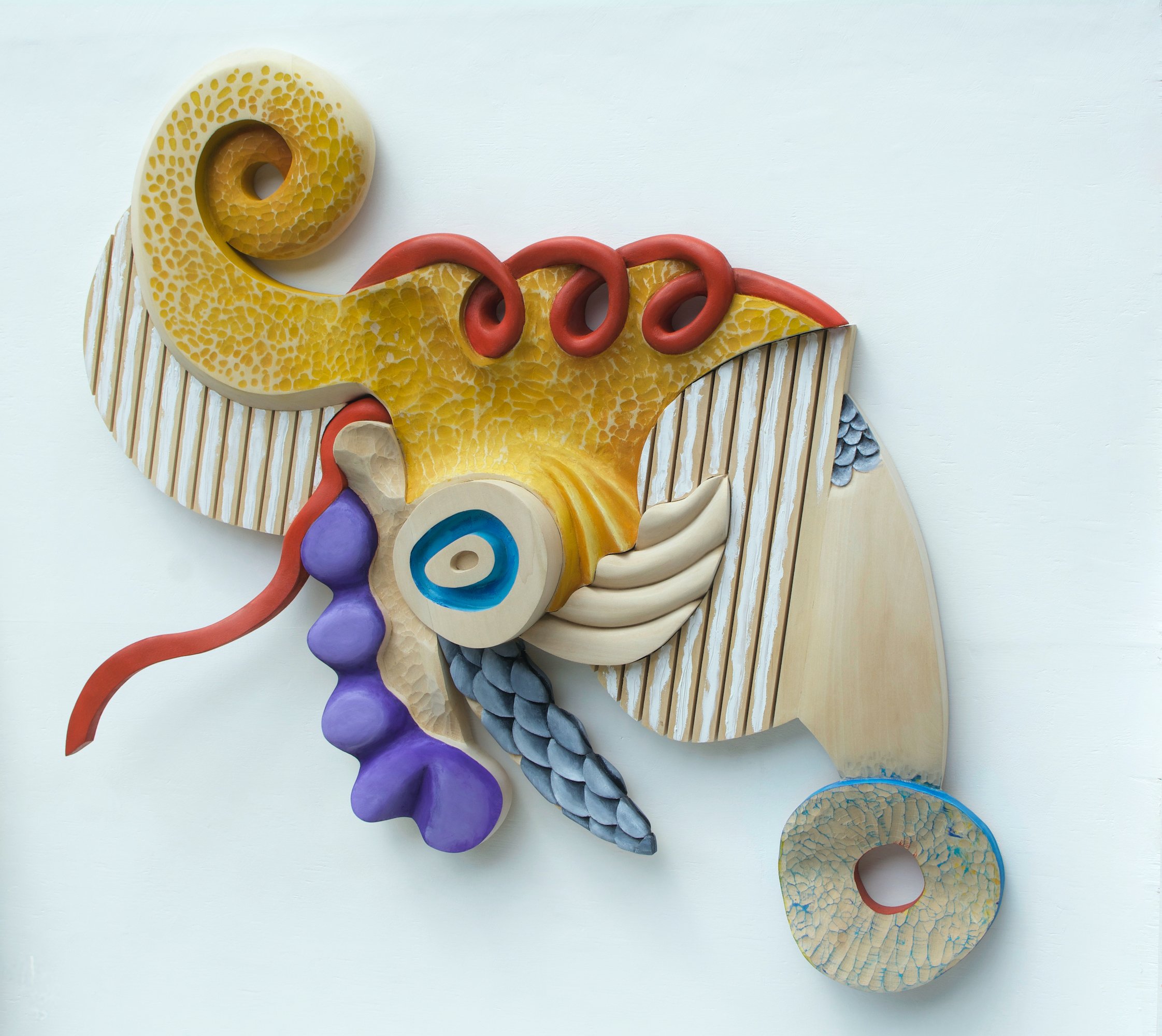
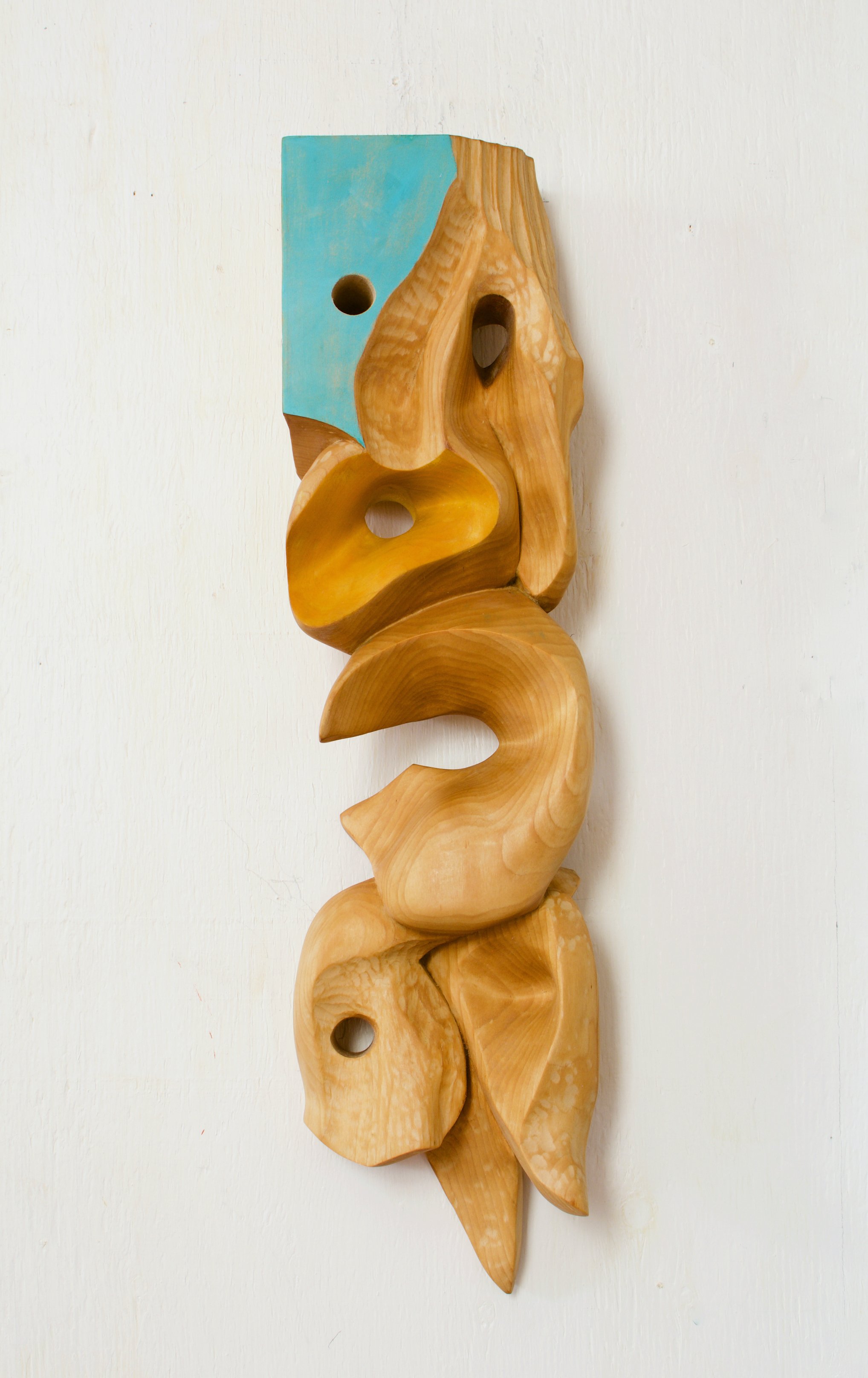
Bio
Born and raised in New York City, Kathran Siegel attended Bennington College, where she studied painting with Jules Olitsky and Paul Feeley, sculpture with Anthony Caro and David Smith, and printmaking with Vincent Longo. She worked toward an MFA at the University of New Mexico, but at the invitation of Newton Harrison and Paul Brach, stopped her studies to help develop the program for a new art department at the University of California at San Diego. Following these experiences, Siegel moved to a loft in N.Y.C. where she continued to paint. After a few years, she moved to Gainesville, Florida, where she taught at the University of Florida.
While working on an MEd., Siegel took a woodworking class, which led her into 25 years of making studio furniture and other carved and turned objects. Until her retirement from teaching, in 2011, she taught art in Florida and in and around Philadelphia, where she currently lives. Her work is in several regional museum and public art collections. She was awarded an NEA Ventures Grant and later an Andy Warhol Foundation Grant. She has published articles on the arts and art education.
Statement
Late in the 1980s, the imagery I was inventing derived from one or the other of two vocabularies: One led to a body of work that was abstract, colorful and playful. The other derived from my fascination with Nature, and was playfully representational. Around this time, I was creating imagery infused home furnishings. I classified individual pieces as belonging to either my “Matisse Modern Style” or my “Utopian Style,” spoofing the way furniture is catagorized both historically and also for merchandising,
No longer designing for function, I would still describe my abstract language as having been inspired by Matisse’s work, primarily his cut-outs. My lifelong fascination with plants and animals only intensifies as I get older. “Utopian” objects never resembled the real thing too closely, but were always recognizeable interpretations from nature. Today I often like to juxtapose the two directions within one piece.
